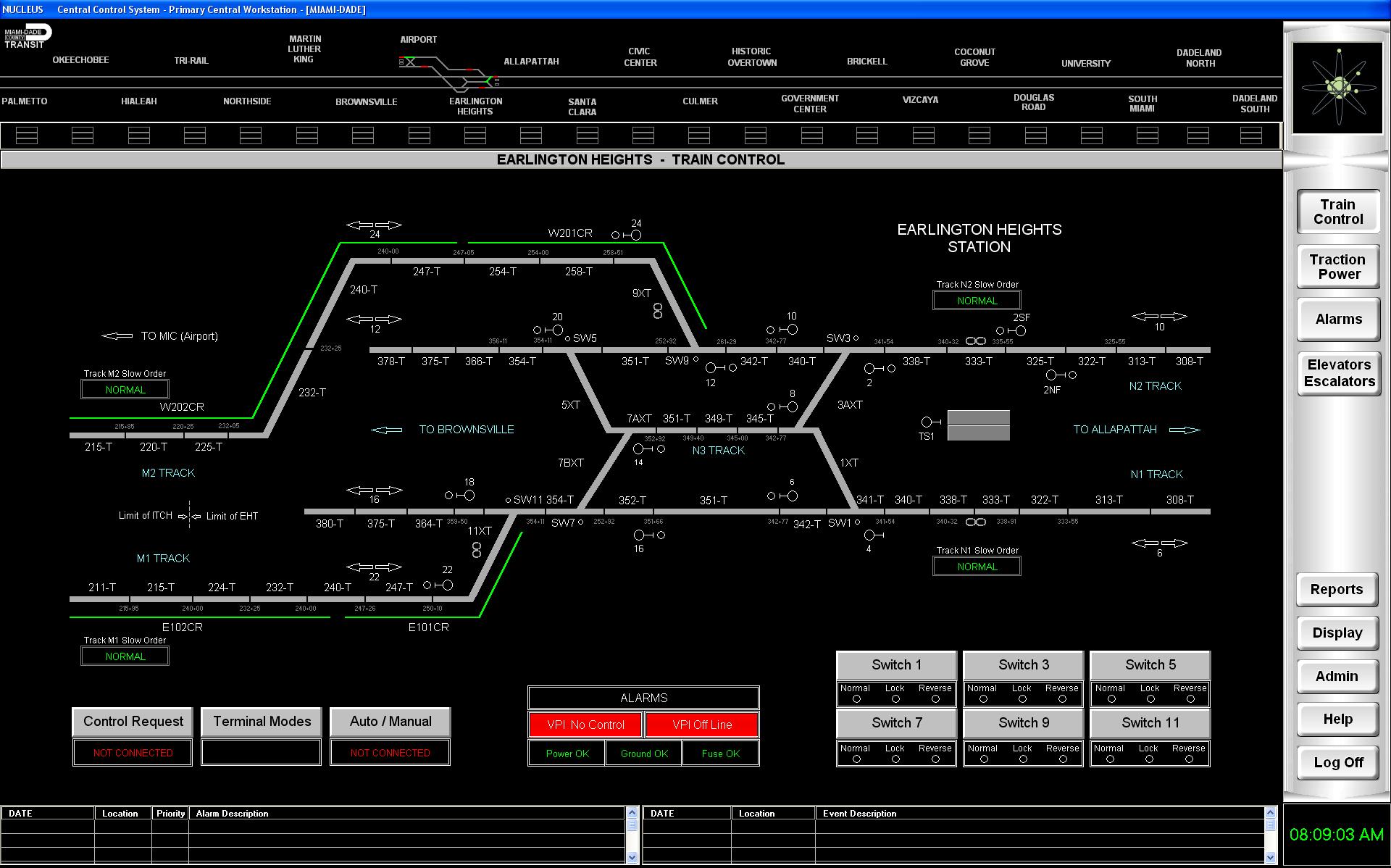The Stations, Surface Track and Systems Project comprise Phase 2 of the overall Third St. Light Rail Transit Project. This endeavor will provide rail service and serve regional destinations such as Union Square, Moscone Convention Center, Yerba Buena, and AT&T Park, as well as connect directly to BART and Caltrain, the Bay Area’s two largest regional commuter rail services. The project includes a Twin Bore Tunnel alignment of approximately 1.7 miles, plus a short surface segment to connect to Fourth and King Station, the current terminal station for the Third Street Line. It has three underground stations; Moscone Station, Union Square/Market St. Station, and Chinatown Station; and one surface station: Fourth and Brannan Station.
B&C Transit Inc. is responsible for the providing engineering services to advance the preliminary engineering design prepared by others to final design and prepare Contract Documents for the Surface, Track and Systems Contract. The scope of work includes the surface segment, tunnel segment and system-wide communication elements. Work on the surface segment includes construction of the surface station, utility relocation, pavement renovation and traffic signals. In the tunnel segment, contract scope includes track invert and drainage and walkway. System-wide elements of work for both surface and tunnel segments include trackwork; mechanical systems including plumbing, fire protection, and emergency ventilation; communications systems including Fiber Backbone Network, Supervisory Control and Data Acquisition (SCADA), Fire Telephones, Emergency Telephones, Mayor’s Emergency Telephone, CCTV, and Radio; electrical lighting and power; overhead contact system and associated parallel feeders; Advanced Train Control System (ATCS) for the subway; and surface signaling. All of the new systems will be integrated into the new Transportation Management Center (TMC), which B&C Transit Inc. also played a major role in the design and implementation of.
Furthermore, B&C Transit Inc. is also responsible for program integration to ensure that designs performed by the multidisciplinary engineers and architects under the program result in a fully integrated and operational project. Duties include preparation of an integration matrix to identify interface points between work covered under the various construction contracts; monitoring progress of interface coordination between designers to ensure that design requirements are conveyed and understood; and finally, coordinating sign-off by discipline designers to verify that appropriate design requirements are incorporated into the Contract Documents.

